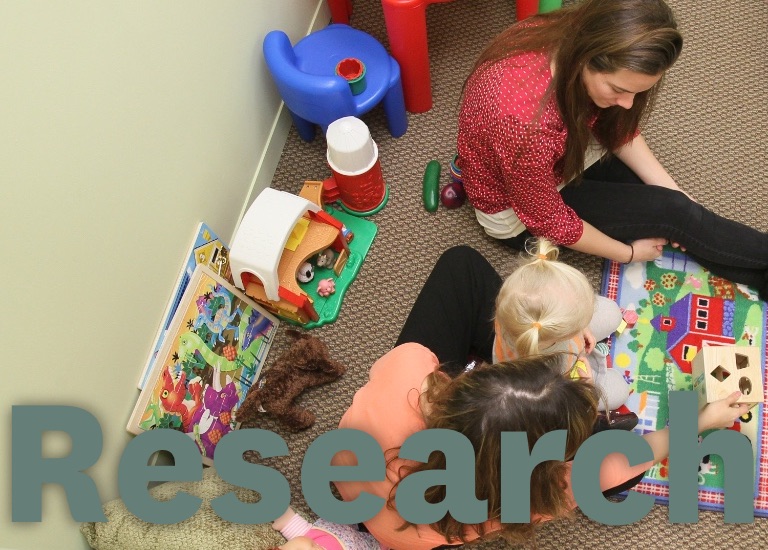Modulating Motor Behavior by Action Observation and Imitation: Implications for Stroke Rehabilitation
Principal Investigator: Lisa Aziz-Zadeh PhD
Co-Investigator: Carolee Winstein; Hanna Damasio; Nerses Sanossian
Period
Jan 2012 – Jun 2016
Total funding
$200,000
Abstract
Investigators will use MRI and fMRI imaging to examine whether, and how best, the mirror neuron system can be activated following stroke to optimally tailor stroke rehabilitation for individual patients.
The human mirror neuron system (MNS) refers to brain motor regions that respond when people perform an action and when they observe similar actions performed by others. Various studies indicate that the MNS is engaged by action observation, imitation (observing and executing the action), and by mental imagery. Studies also indicate that the MNS is involved in building motor memories. Activation of the MNS, therefore, might have applicability to stroke rehabilitation. Yet there have been few studies in stroke patients to address key questions such as: do motor region-impaired patients engage the MNS during action observation and imitation? Do patients with poor post-stroke motor ability engage motor or non-motor systems during observation? How do stroke lesion locations and severity influence activation patterns? Does imitation compared to action observation more strongly activate the MNS in patients as it does in healthy adults? Prior research in a few stroke patients and healthy older volunteers suggested that MNS activation in stroke patients, even in the damaged brain hemisphere, may be a way to drive plasticity. The hypothesis is that imitation engages regions of the MNS and motor system significantly more than action observation or execution alone in people with stroke and in healthy older adults.
The hypothesis will be tested in study of 75 people, involving three groups of 25 each: healthy volunteers, patients with a stroke lesion in the motor cortex, and patients with a stroke lesion in the internal capsule. MRI will identify brain regions of interest and (in stroke patients) lesion location. Then, participants will perform action observation and imitation tasks during fMRI. Investigators will determine: 1) how cortical motor regions in stroke patients respond to action observation versus imitation; 2) how the location and extent of the lesion affect these neural responses; and 3) how neural activation patterns during action observation and imitation, as well as structural information about lesion location, correlate with functional motor ability. Findings are anticipated to identify the most effective method (action observation alone or imitation) for activating motor-related regions in the brain following stroke, how these patterns are influenced by the underlying neural anatomy, and whether structural information on lesion characteristics or functional motor ability can be used as predictors of which patients will benefit the most from specific types of MNS-based therapy.
The study may identify crucial factors that will determine for individual patients whether and, if so, how the mirror neuron system can be optimally activated to improve motor rehabilitation outcomes.
Funding
| Type | Source | Number | Amount |
|---|---|---|---|
| Private | The Dana Foundation | CADF / AZIZ-ZADEH / 2012 | $200,000 |





